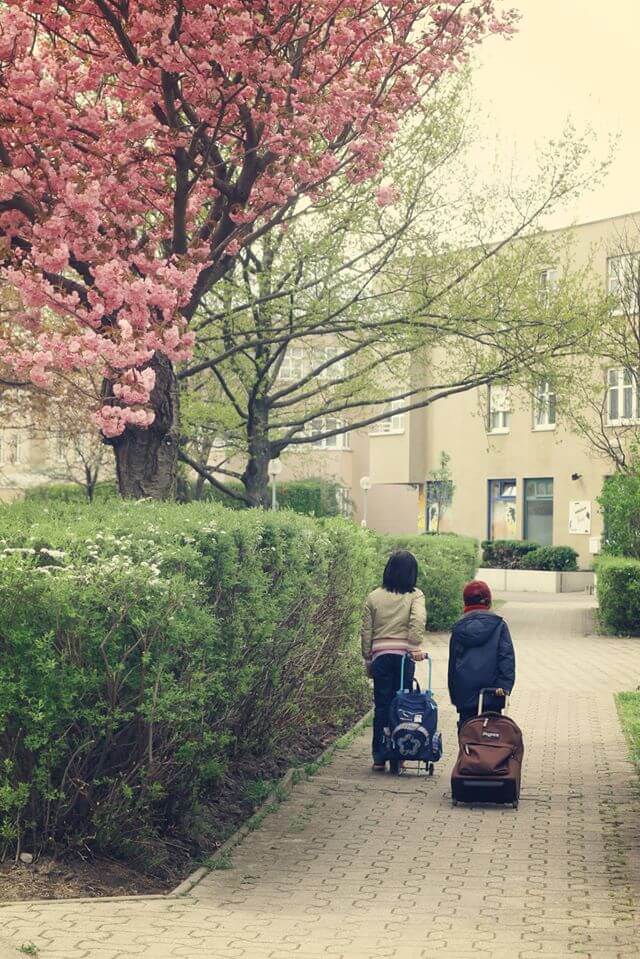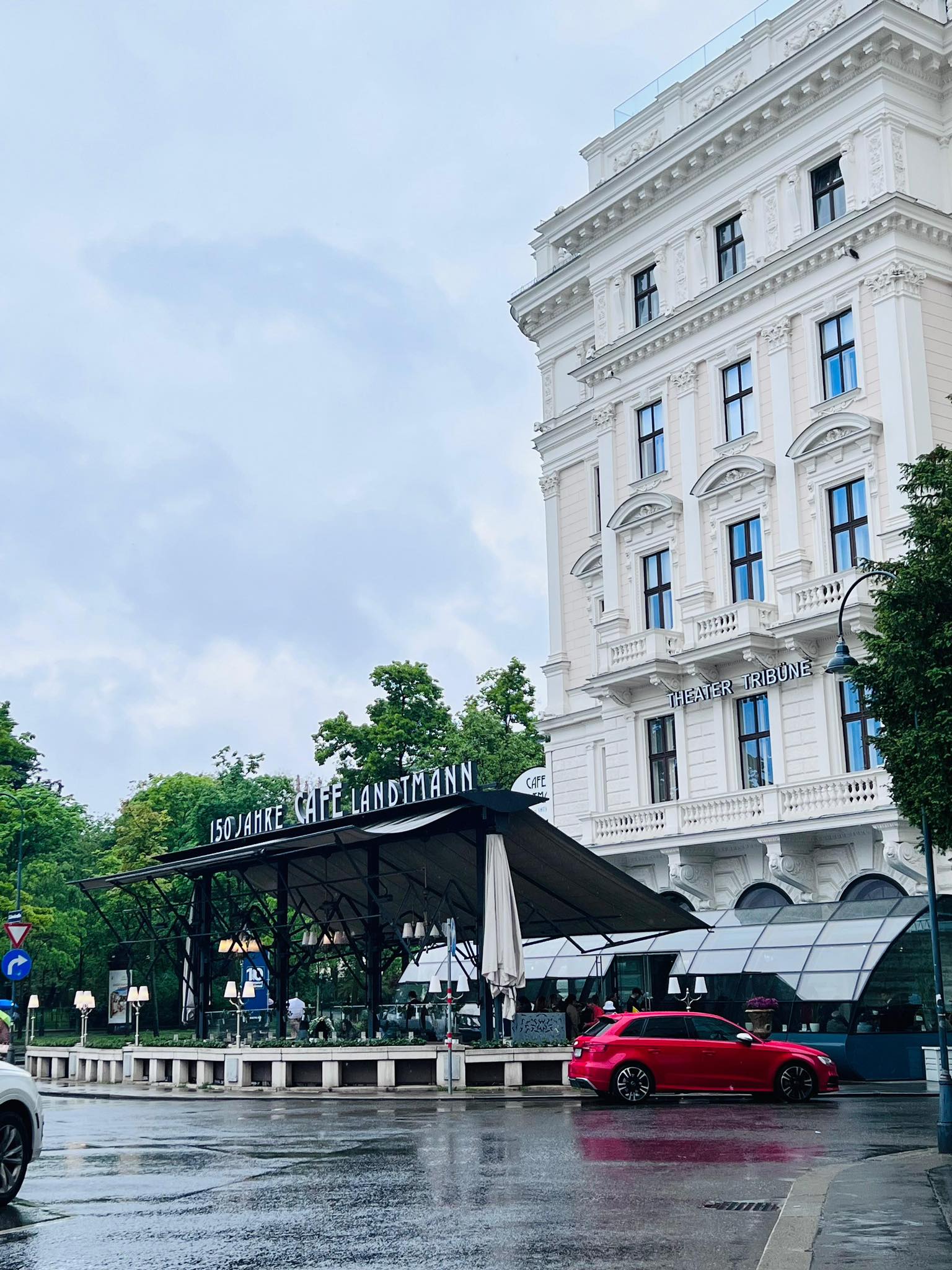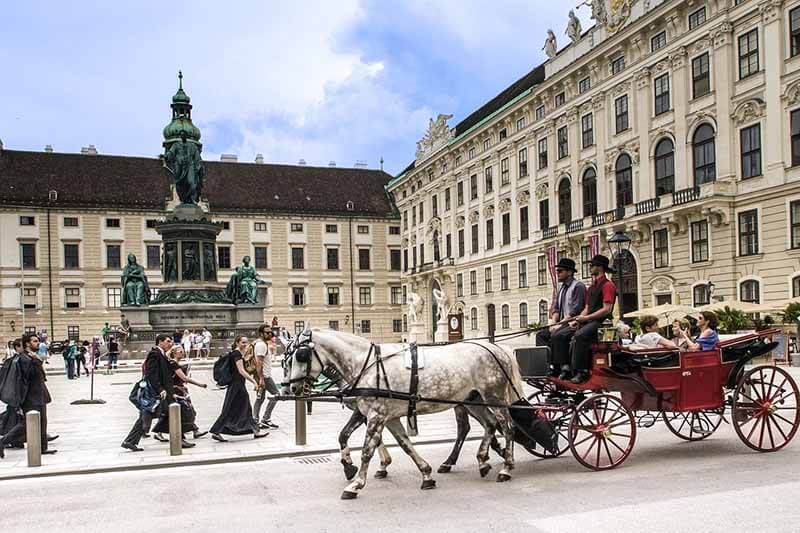
The concept of Lebenskunst, or “the art of living well,” is deeply embedded in the cultural fabric of Vienna. Derived from German, the term combines “Leben“ (life) and “Kunst“ (art), symbolizing the idea that life itself can be approached as an art form. Vienna, with its rich history, opulent architecture, world-renowned artistic traditions, and culinary delights, is an exceptional case study for understanding how Lebenskunst is not just an abstract ideal but a way of life. In this essay, we will explore how Lebenskunst manifests in the Viennese way of life, emphasizing art, cuisine, architecture, music, and other cultural and social aspects.
Table of Contents
Historical Context of Lebenskunst
Vienna has always held a special place in European culture. As the capital of the Austro-Hungarian Empire, it was a nexus for political power, intellectual innovation, and artistic brilliance. From the reign of the Habsburgs to its role as a cradle of modernism, Vienna has consistently embraced a philosophy that intertwines life with beauty, wisdom, and refinement. This spirit continues to define the city today.
The term Lebenskunst first became prominent during the 19th century, but its roots go much deeper, perhaps even to the classical notion of ars vivendi in Roman times. In Vienna, this tradition has been upheld by a myriad of influential thinkers, artists, and composers. Figures like Gustav Klimt, Sigmund Freud, Ludwig Wittgenstein, and Ludwig van Beethoven all contributed to a worldview that emphasizes individual expression and the blending of everyday life with creativity and thought. Their legacies live on, helping to form the bedrock of modern Viennese life.
Art as Lebenskunst in Vienna
Vienna is one of Europe’s foremost art capitals, home to some of the most iconic movements in Western art, including Baroque, Biedermeier, and Jugendstil (Art Nouveau). Art in Vienna is not only exhibited in galleries but woven into the daily lives of its residents. A sense of beauty permeates public spaces, from the design of buildings, train stations, and parks to the murals and sculptures scattered throughout the city.
The Secession and Art Nouveau
One cannot speak of art in Vienna without mentioning the Vienna Secession movement, which began in 1897 when a group of forward-thinking artists, including Gustav Klimt, broke away from traditional academic art to create something uniquely modern. The motto of the Secession, “To every age its art, to every art its freedom,” is a perfect sum up of the Viennese attitude toward art as a vital component of life. The Secession building itself, with its gilded dome, stands as a monument to this ethos, reflecting a break from old conventions and the embrace of new forms of beauty.
For the Viennese, art is not an elite activity but an integral part of daily life. A walk through the Museumsquartier, a large cultural complex, reveals this synergy. Former imperial stables have been repurposed into art spaces, merging history with contemporary creativity. The Leopold Museum, home to an extraordinary collection of works by Egon Schiele and Gustav Klimt, allows visitors to immerse themselves in the artistry that defined Viennese modernism.

The Vienna Philharmonic and Music as Art of Living
Vienna’s reputation as a music capital is legendary, and here too, music is more than just performance—it’s a way of life. The city has been the home or workplace of great composers such as Mozart, Beethoven, Schubert, Mahler, and the Strauss family, among many others. The Vienna Philharmonic Orchestra is considered one of the finest in the world, and the annual New Year’s Concert is broadcast globally, becoming a tradition for millions.
In Vienna, music is celebrated in public spaces, private homes, and concert halls like the famous Wiener Staatsoper (Vienna State Opera). Yet, beyond these grand venues, Viennese life is infused with music in more subtle ways—street musicians, public performances in parks, and music festivals that pop up throughout the year. From the elegance of the Waltz to the depth of classical symphonies, music forms a vital component of Viennese Lebenskunst, demonstrating how beauty and art permeate even the most ordinary moments of life.
Cuisine: The Art of Savoring Life
Viennese cuisine plays a pivotal role in the art of living. The city’s culinary heritage reflects its rich history, with influences from neighboring countries like Hungary, Italy, and Bohemia. Viennese food isn’t merely sustenance; it is a form of cultural expression that brings people together and enhances the experience of life.
Viennese Coffeehouse Culture
Central to the concept of Lebenskunst in Vienna is its legendary coffeehouse culture. More than places to grab a cup of coffee, these establishments serve as salons where people gather to read, think, debate, or simply enjoy the act of sitting and contemplating. Cafés like Café Central, where figures like Freud and Trotsky once met, have become iconic symbols of Viennese intellectual life. The coffeehouse experience is characterized by a slow-paced, almost meditative atmosphere where the cares of the outside world seem to pause.
The role of the coffeehouse in Vienna cannot be overstated. It is not just a place to drink coffee but a cultural institution that fosters community, creativity, and reflection. A coffeehouse visit is a ritual in Lebenskunst: time slows down, thoughts gather, and conversations flow. Writers like Stefan Zweig have immortalized this atmosphere in literature, presenting the coffeehouse as a microcosm of Viennese social life.
Culinary Traditions and Fine Dining
Viennese cuisine is about indulgence in life’s pleasures, a direct manifestation of Lebenskunst. The Wiener Schnitzel, perhaps Vienna’s most famous dish, is an embodiment of simplicity and refinement. Made from veal and fried to a perfect golden crisp, it is a dish that has been enjoyed for centuries and is still savored in traditional settings, such as the famous Figlmüller restaurant.
Desserts in Vienna are another celebration of Lebenskunst. Sachertorte, the world-renowned chocolate cake created by Franz Sacher in 1832, is a perfect example of how cuisine can become a cultural symbol. A visit to Hotel Sacher to enjoy a slice of this delicacy with a perfectly brewed Melange (a Viennese coffee drink) is a quintessential Viennese experience. The art of pastry-making, as seen in Apfelstrudel (apple strudel) or Kaiserschmarrn (shredded pancake), shows a deep appreciation for the craftsmanship and ritualistic aspects of food.
Fine dining in Vienna also reflects the city’s sophistication. Michelin-starred restaurants like Steirereck combine Austrian tradition with modern culinary innovations. Each dish is an artistic creation, crafted with care and precision, mirroring the Viennese commitment to quality and enjoyment in all aspects of life.
.png)
Architecture: Living Among Art
Vienna’s architectural splendor is a visible manifestation of Lebenskunst. The city’s buildings tell the story of its history, from the opulent palaces of the Baroque period to the modernist simplicity of postwar design. Architecture in Vienna is more than just functional—it is a form of artistic expression that enriches the lives of its inhabitants.
Baroque Splendor and Imperial Grandeur
Vienna’s architectural landmarks, such as Schönbrunn Palace, Belvedere Palace, and the Hofburg, demonstrate the city’s imperial history and commitment to aesthetics. Schönbrunn, the summer residence of the Habsburgs, is a masterpiece of Baroque design. Its lavish rooms, perfectly manicured gardens, and grandiose fountains reflect a worldview in which beauty is intertwined with power and authority.
The Hofburg, once the political center of the Austro-Hungarian Empire, now houses museums and state offices, but its architecture still speaks to a time when Vienna was a hub of European diplomacy and culture. The Austrian National Library, located within the Hofburg, is one of the most beautiful libraries in the world, its interior an opulent display of Baroque artistry.

Modernism and Functionalism
Vienna is also known for its embrace of modernism, particularly in the early 20th century. The work of Otto Wagner, one of the key architects of the modernist movement, is evident throughout the city. His Postparkasse (Postal Savings Bank) building is an early example of functionalist design, where form follows function without sacrificing beauty. Adolf Loos, another modernist pioneer, built the Looshaus, a stark, unadorned building that stood in sharp contrast to the elaborate Baroque and Rococo facades that defined much of the city at the time.
Vienna’s Hundertwasserhaus, designed by the artist Friedensreich Hundertwasser, represents a later period of architectural experimentation. Its colorful, irregular forms stand in opposition to the straight lines of modernism, suggesting that even in the 20th century, Viennese architecture retained an element of playfulness and artistic freedom.
Social Life and Leisure: Public Spaces as Art Forms
In Vienna, public spaces themselves are treated as works of art. The city’s parks, gardens, and squares are not just utilitarian spaces but areas designed for enjoyment, reflection, and social interaction. The Stadtpark, with its famous golden statue of Johann Strauss, is a place where Viennese residents come to relax and engage with the city’s musical heritage. The Volksgarten, another beautiful park, is home to the Theseus Temple, a neoclassical structure that now hosts art exhibitions, blending nature and culture seamlessly.
The Prater, a large public park, offers a more playful version of Lebenskunst. Its iconic Ferris wheel, the Riesenrad, has become a symbol of Vienna and is a place where residents and tourists alike can experience the simple joy of amusement and relaxation.

Intellectual Traditions: Thought as Art
Vienna’s intellectual history is as rich as its artistic and culinary traditions. The city was home to some of the most important thinkers of the 19th and 20th centuries, including Sigmund Freud, Ludwig Wittgenstein, and Karl Popper. The idea that thinking, like living, is an art form is deeply embedded in the Viennese intellectual tradition. Freud’s psychoanalysis, Wittgenstein’s philosophy of language, and Popper’s theories of science and falsifiability all emerged from a city where thought itself is treated as a craft to be honed, questioned, and debated.
Vienna’s universities, such as the University of Vienna, where Freud once lectured, continue to foster this intellectual tradition. The city remains a hub for scholars and students from around the world, who come to engage with its rich philosophical and academic legacy.
The Symphony of Lebenskunst in Vienna
In Vienna, Lebenskunst is not an abstract concept but a lived reality. It manifests in the city’s art, architecture, music, cuisine, and public life, creating a harmonious blend of beauty, thought, and pleasure. Whether it is in the grandeur of its palaces, the elegance of a waltz, or the simple joy of sipping coffee in a historic café, Vienna embodies the art of living in every aspect.
In this city, life is not just to be endured but savored and celebrated. It is a place where creativity and intellect meet, where the past informs the present, and where every moment can be infused with beauty and meaning. In short, Vienna is a living testament to the idea that life itself is an art, and it invites all who visit or live here to participate in this grand, ongoing creation.

--------------------------Book your Vienna stay here!--------------------------











I would love to experience Lebenskunst one day! I knew Vienna as a beautiful city, but I’ve never seen specifics highlighted.
Vienna looks like such an amazing place to visit! I’d never heard of this place before today, but it’s already climbed up my bucket list just from these photos!
Wow, this sounds like a dreamy place to visit! I always try to find places with tons of gorgeous architecture and a great arts scene, and Vienna seems like the perfect spot.
Wow what a beauty! With its rich history and stunning architecture, Vienna is a place to visit. I have never been but I am definitely putting it on my travel list to experience it all. I would love to be immersed in its culture!
Maureen | http://www.littlemisscasual.com
WOWWW, Vienna looks like a very interesting place to visit, and I love all your images. The architecture is amazing, and their city gardens are truly beautiful and full of color.
I like what it says about Secession Movement: Art serves the specific needs of its time while also maintaining the freedom to adapt and express new interpretations as culture shift
Vienna is going on my travel list. The city truly lives in the art of living and shows how art, music, food, and architecture come together to create a unique experience.
Vienna is on my travel list. Bookmarking this post to add it to my itinerary. It sounds even more spectacular that I could imagine. Great write up!
Lebenskunst sounds like a perfect mix of art and culture. It’s great to see cities like Vienna celebrating so many aspects of creativity.
Vienna sounds like a wonderful place to go and visit with plenty to see and do there. I like the sound of the concept of Lebenskunst. It sounds like a really great way to live your life.
Vienna looks like such a beautiful place to visit! It look like so much to do here. I need to go here on the day